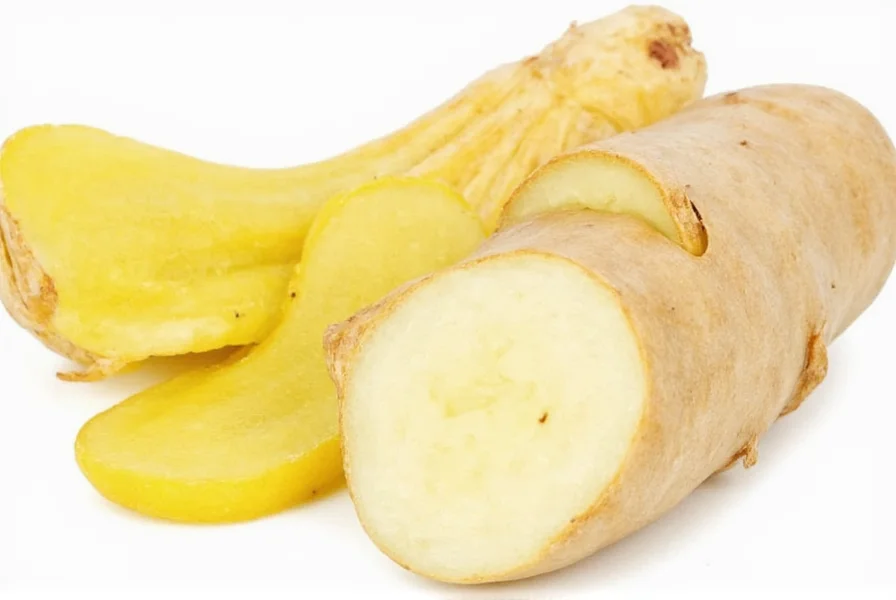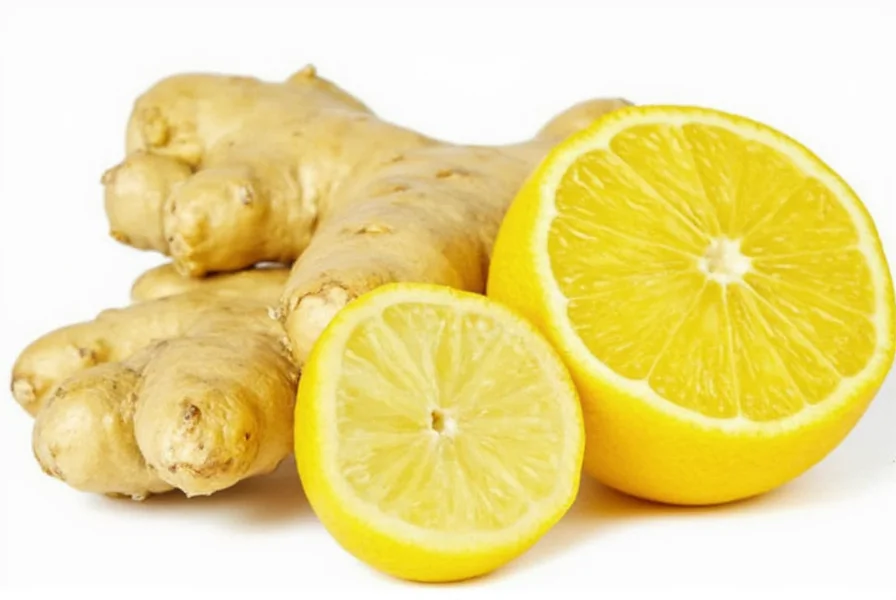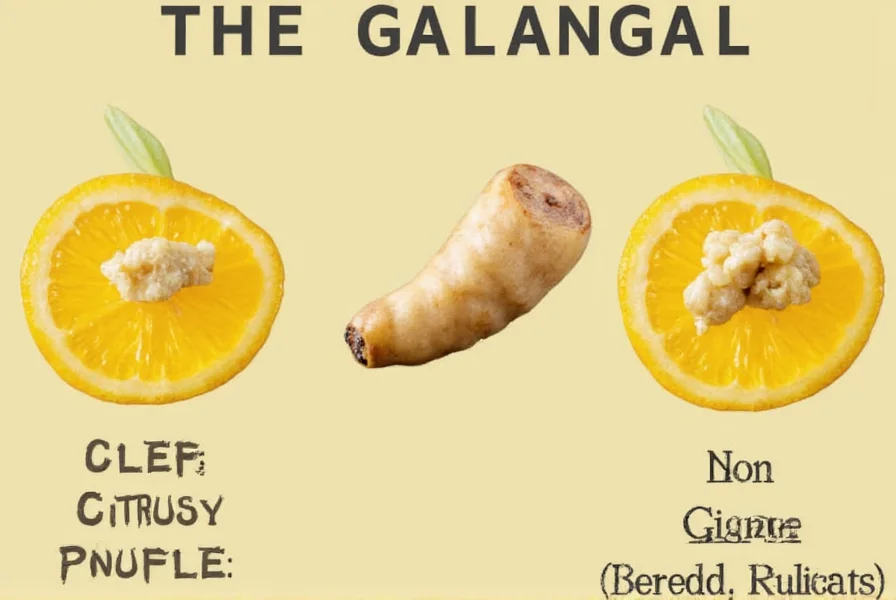When you bite into fresh galangal, you'll immediately notice its unique flavor profile that sets it apart from its more common cousin, ginger. Unlike ginger's sharp, fiery heat, galangal offers a more nuanced taste experience with prominent citrus notes, subtle pine-like qualities, and a clean, almost medicinal finish. This distinctive root has become increasingly popular among home cooks exploring authentic Thai, Indonesian, and Malaysian recipes.
Breaking Down Galangal's Flavor Characteristics
Understanding what does galangal taste like requires examining its complex flavor components:
- Citrus elements - Strong lemon and orange notes form the foundation of galangal's flavor
- Pine/resinous qualities - A distinctive pine-like aroma that gives it depth
- Floral hints - Subtle rose or camphor-like notes in the background
- Earthy undertones - A grounding element that balances the brighter notes
- Mild heat - Significantly less spicy than ginger, with a cleaner finish
When evaluating how would you describe galangal taste, many chefs note its almost soapy quality when raw, which transforms beautifully when cooked. This characteristic makes it particularly valuable in balancing rich coconut milk-based curries and soups.
| Flavor Component | Intensity (1-5) | Comparison to Ginger |
|---|---|---|
| Citrus | 4 | Much stronger than ginger |
| Heat/Spiciness | 2 | Less than half as spicy as ginger |
| Pine/Resin | 3 | Unique to galangal |
| Earthy | 3 | Similar earthiness but cleaner finish |
| Floral | 2 | More pronounced than in ginger |
Galangal vs. Ginger: Understanding the Taste Differences
One of the most common questions is what does galangal taste like compared to ginger. While both are rhizomes from the Zingiberaceae family, their flavor profiles differ significantly:
Ginger delivers a sharp, immediate heat with warm, peppery notes that intensify as you chew. Galangal, by contrast, offers a more complex flavor journey - starting with bright citrus notes, developing pine-like qualities, and finishing with a clean, almost medicinal aftertaste without overwhelming heat.
When exploring why does galangal taste different from ginger, the answer lies in their chemical composition. Galangal contains higher concentrations of cineole (also found in eucalyptus) and lower levels of gingerol (the compound responsible for ginger's heat), creating its distinctive profile.

How Cooking Methods Affect Galangal's Flavor
The taste of galangal transforms significantly depending on preparation:
- Raw - Most pronounced citrus and pine notes with a slightly soapy quality
- Simmered in soups/curries - Flavor mellows and integrates beautifully with coconut milk
- Dried and powdered - More concentrated citrus notes with reduced pine elements
- Pounded in pastes - Releases maximum flavor when combined with other aromatics
Understanding how does galangal taste when cooked is crucial for recipe success. Unlike ginger, which can become bitter when overcooked, galangal maintains its integrity through extended simmering, making it ideal for complex broths like Tom Yum soup.
Culinary Applications of Galangal
Galangal's unique flavor profile makes it indispensable in certain dishes:
- Thai cuisine - Essential in Tom Yum and Tom Kha soups
- Indonesian dishes - Key ingredient in rendang and soto
- Malaysian cooking - Found in laksa and various curry dishes
- Laotian recipes - Used in traditional meat marinades
When considering what dishes use galangal flavor profile, look for recipes where its citrusy notes can balance rich coconut milk or cut through fatty meats. Its milder heat makes it perfect for dishes where you want aromatic complexity without overwhelming spice.

Substituting Galangal: What to Use When You Don't Have It
If you're wondering what tastes similar to galangal when unavailable, consider these options:
- Ginger + lemon zest - Provides citrus notes but lacks pine elements
- Galangal powder - More concentrated but missing fresh vibrancy
- Combination approach - 1 part ginger + 1 part lemon grass + pinch of cardamom
For authentic results, can you substitute ginger for galangal taste difference requires adjustment - use about half the amount of ginger and add citrus elements to approximate galangal's profile. Remember that no substitute perfectly replicates galangal's unique combination of flavors.
Storage and Preparation Tips for Maximum Flavor
To preserve galangal's distinctive taste:
- Store fresh roots in a paper bag in the refrigerator for up to 3 weeks
- Freeze whole or sliced for longer storage (up to 6 months)
- Peel only when ready to use, as the skin helps retain moisture
- Use a ceramic knife to prevent metallic flavors from affecting the taste
When preparing galangal, remember that how to use galangal for best flavor involves proper technique. Thinly slice or finely mince for soups, or pound with other aromatics for curry pastes to fully release its complex flavor compounds.











 浙公网安备
33010002000092号
浙公网安备
33010002000092号 浙B2-20120091-4
浙B2-20120091-4